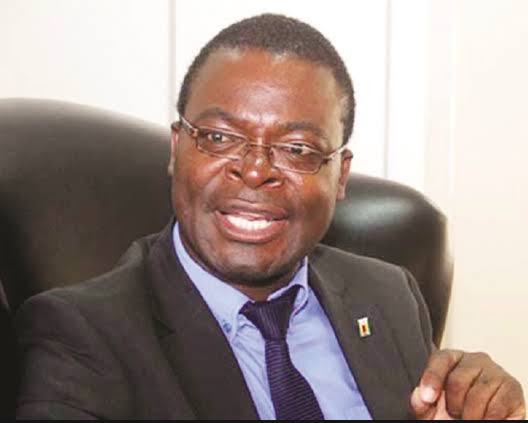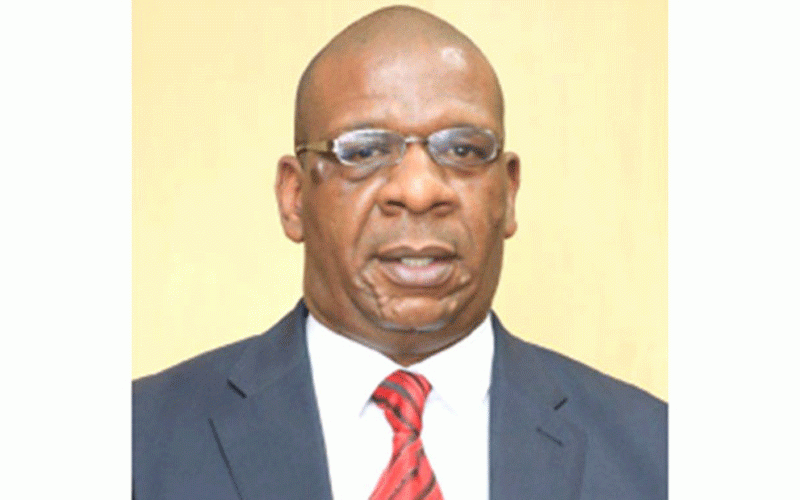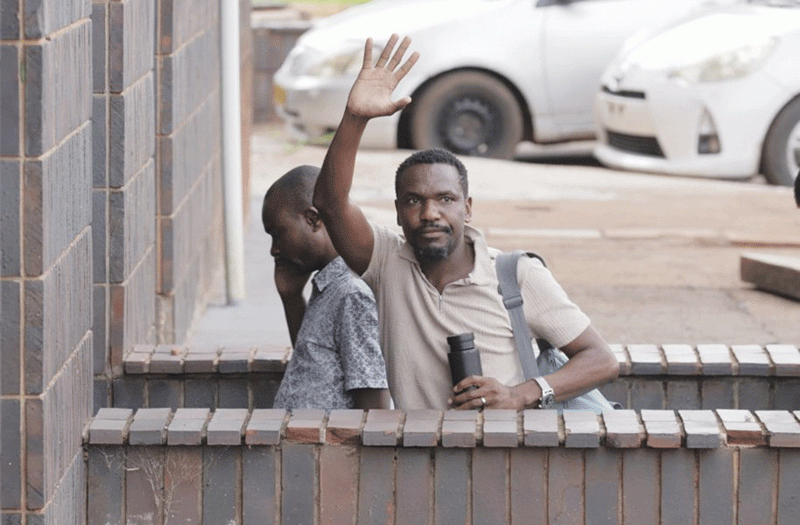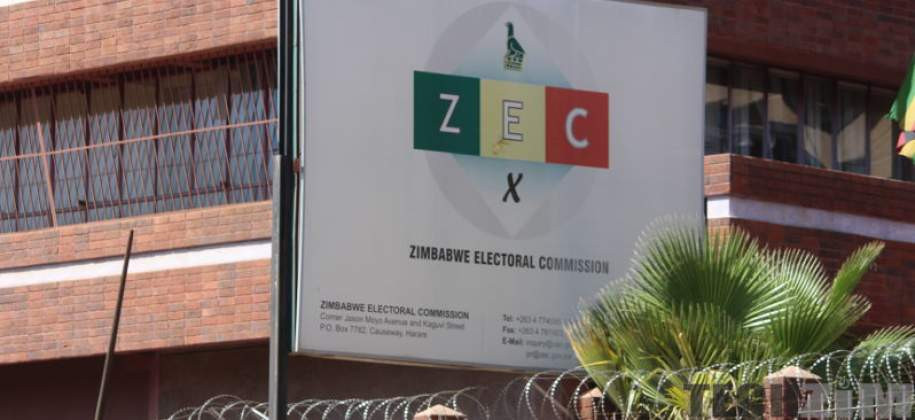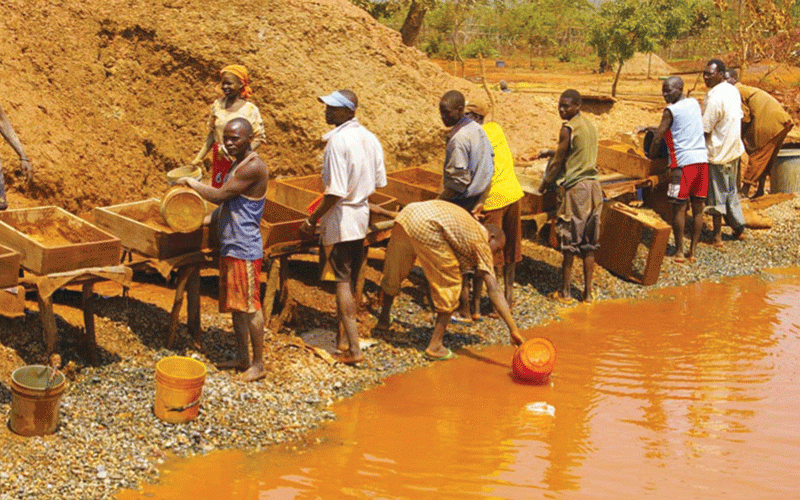
A DEVASTATING environmental disaster is unfolding in eastern Zimbabwe, where thousands of people have been left without access to clean water due to widespread riverbed mining, the Zimbabwe Independent has learnt.
Despite being outlawed by the government in December last year, riverbed mining has continued unabated, prejudicing the country of significant revenue and leaving a trail of environmental degradation.
According to Centre for Research and Development (CRD) director James Mupfumi, an estimated 85 000 people in Chimanimani and Mutasa districts are now exposed to polluted water and diseases due to riverbed mining.
The outlawed practice, which has been going on for decades, has resulted in the release of toxic chemicals into the water supply, leaving communities to suffer the consequences.
“Over 85 000 people from ward 12; 21 and 22 of Chimanimani district, ward 35 and 31 of Mutare district have been directly affected by the destruction and contamination of water sources as a result of alluvial gold mining,” he said.
“In Penhalonga CRD led community action to engage relevant authorities, resulting in State security operatives conducting operations.”
Despite efforts by local communities to stop the mining operations, they have faced resistance and intimidation from syndicates who benefit from the mining activities.
However, in a landmark victory, a community-led initiative in Penhalonga last year resulted in a High Court ruling against the illegal mining operations in Mutare River.
- Game-changing oil rig Zim-bound
- Travelling & touring: Ever heard of a four-roomed cave?
- AWF empowers victims of human-wildlife conflict
- Global demand buoys tobacco prices
Keep Reading
In 2024, CRD also filed a petition to Parliament, highlighting how mechanised mining operations had ravaged the Mutare River’s channel and its surrounding ecosystem.
However, despite the court ruling, riverbed mining has continued unabated.
At that material time, Mupfumi told the Independent that groupings fronted by the political elite were fuelling riverbed mining.
The revelations underscore the scale of Zimbabwe’s illicit gold mining activities, where cartels are reportedly smuggling around US$1,5 billion worth of gold annually.
An Al Jazeera documentary aired in 2022 highlighted the involvement of politically connected figures in gold looting.
Penhalonga’s plight mirrors the devastation seen in the nearby Marange diamond fields, infamous for rampant looting and human rights violations following significant discoveries in 2006.
While the state took control of Marange in 2016 through Zimbabwe Consolidated Diamonds Company, Penhalonga remains a hotspot for illegal mining and political interference.
The Independent reported last year that at least 800 people in Penhalonga are at the risk of being swept away by floods following extensive damage to Mutare River by the cartels.
The cartels are said to be driving a thriving black market trade in gold and other minerals, digging up gullies, and damaging the fragile riverbed.
It is out of smuggling gold hotspots like Penhalonga that hundreds of millions of US dollars worth of gold is being spirited out of Zimbabwe to global black markets yearly.
The US and Britain last year slapped several individuals and businesses in Zimbabwe with sanctions for their part in a powerful gold racket exposed by Al Jazeera.

